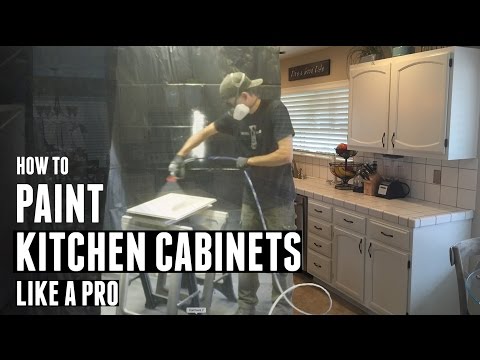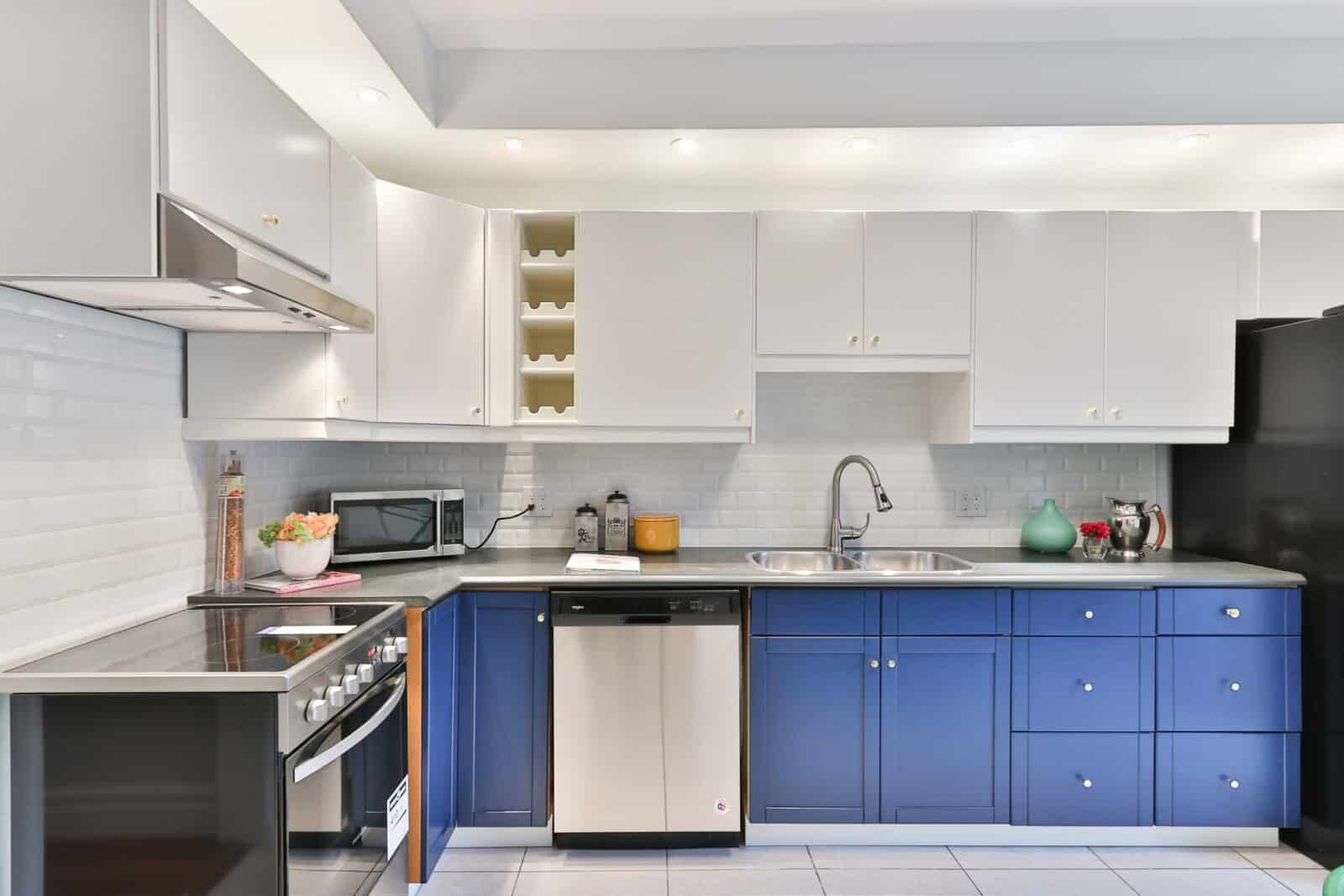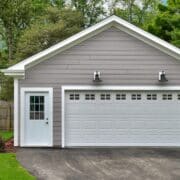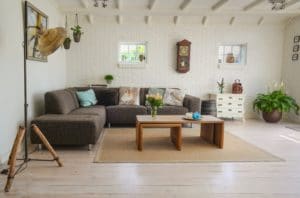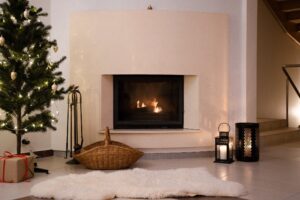Did you know, instead of replacing your outdated kitchen cabinets, you can remodel them and help them feel brand new. How? You can upgrade your kitchen in a week with an economical paint sprayer and by repainting your kitchen cabinets.
Surprisingly, there are only a handful of items you need when you’re figuring out how to spray paint kitchen cabinets while remodeling your kitchen.
Types of Equipment Necessary
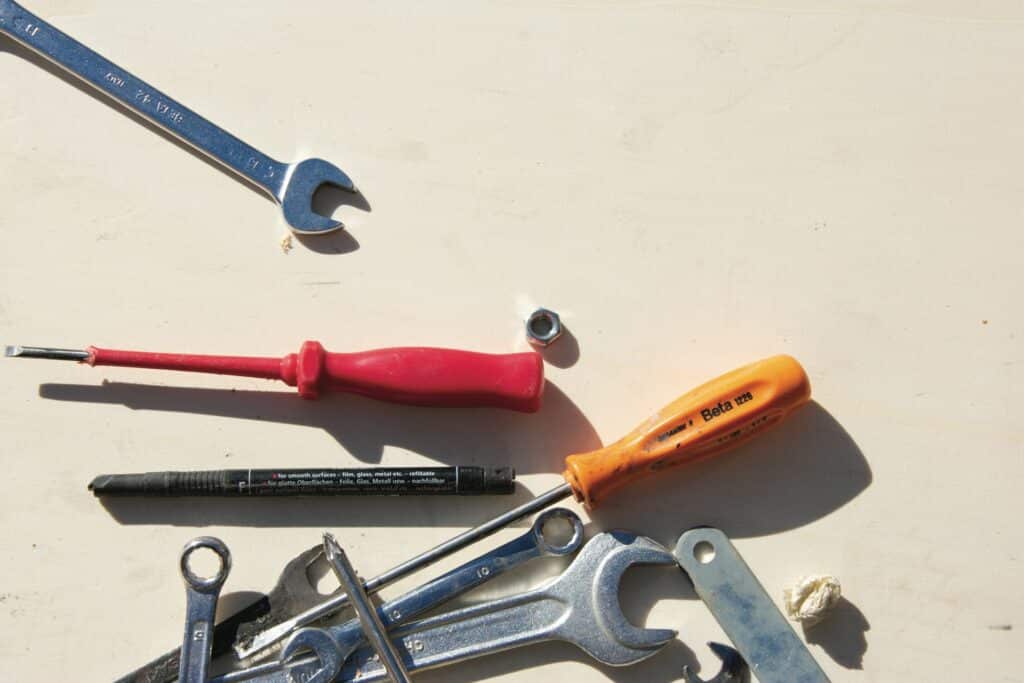
- Bucket of water
- Portable Drill
- A Painting Brush
- Knife for Applying Putty
- 4-in-1 Screwdriver
- Old rags
- Safety glasses and Gloves
- Vacuum Cleaner
- Utility knife
How To Spray Paint Kitchen Cabinets

To give your kitchen a beautiful fresh style, you don’t need to spend a ton of money on new cabinets. If your cabinets are in excellent condition, you can just color them to give them a new look. Before we get into that, let’s look at how to spray paint kitchen cabinets the right way. First, you’ll need to give your dated cabinets a flawless polished finish, including the spray painter, which will cost you less than $250.
Spray-painting doors is an excellent DIY kitchen cabinet remodel idea since it results in a silky smooth texture. In this article, we’ll teach you how to spray paint kitchen cabinet doors and drawers to give them a professional look.
There is only a quick hurdle to overcome, which is to use the spray painter successfully. You can also spray-paint the cabinet bases, walls, and trim, but you’ll need to mask off the cabinet doors first.
Despite the benefits, a painted kitchen cabinet finish includes drawbacks. Even if you’re cautious, you will probably wind up with paint drops and brush traces on your paint cabinet surfaces because the paint isn’t as durable as a retail finish.
Luckily, home improvement stores and paint stores have all the supplies you’ll need to paint your cabinets. Also, you’ll need three to five days to finish the project. You need to let the paint dry overnight in-between coats, and you can only paint one-half of the door each day. Here are the steps you should follow to spray paint kitchen cabinets.
Step 1: Wash and Prime
Wash the old paint cabinets well, then use a stain-blocking primer and an ultra-high-end latex enamel to paint them.
Step 2: Safeguard Adjoining Surfaces
In the kitchen, clean the dust off the cabinet doors. You should tape anything that comes into contact with the cabinet frames. You should also tape off the walls, roof, and floor coverings and use rosin paper to shield the kitchen countertops. Once you’re done, wrap plastic sheeting or masking paper around appliances and the range hood.
Step 3: Repair and Prep Cabinets
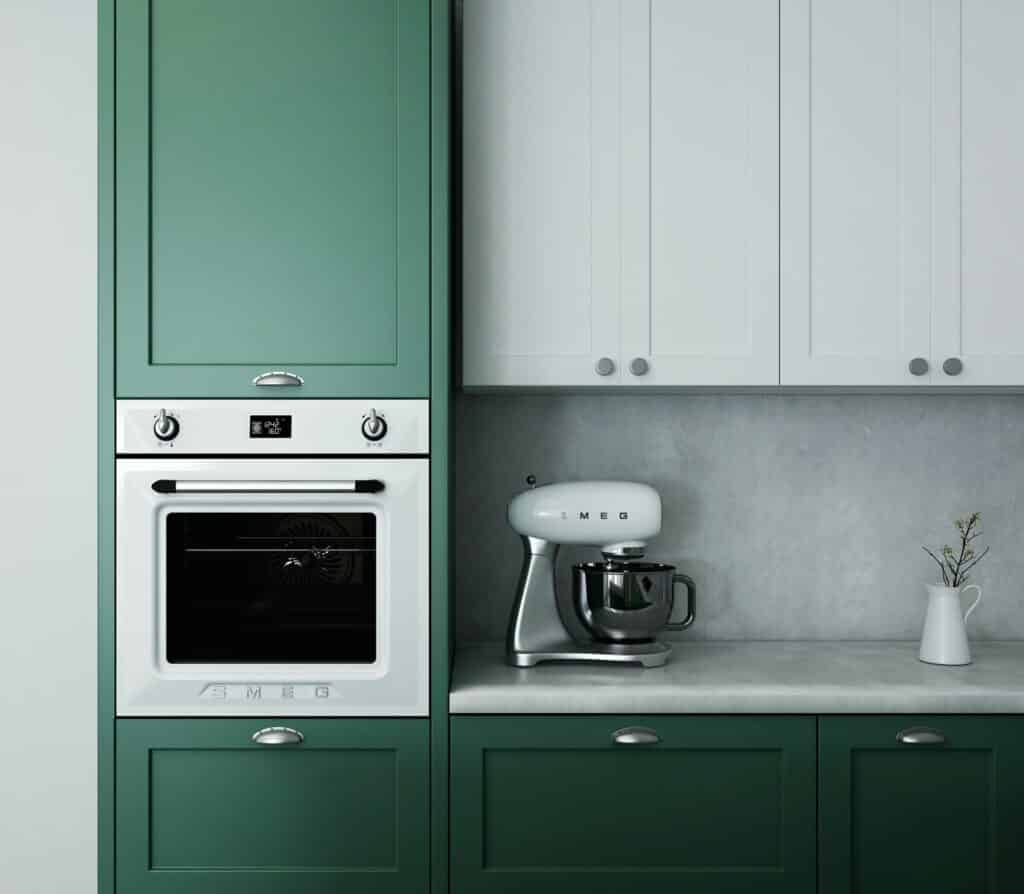
To eliminate burrs or ridges, sand any affected parts on the doors or paint cabinet frames with 320-grit sandpaper. You can use spackling compounds to fill in marks, cracks, and scratches. With a putty knife, work the product into the damaged region.
If you’re repairing hardware and need new holes in different spots, fill in current holes from handles and hardware. Using 320-grit sandpaper, gently sand the frames, cabinet doors, trim, and walls.
Pro tip: Merely sand enough to remove the sheen; you do not have to sand the finish.
Using a bristle extension, vacuum the dirt off the frame. Wipe down the doors and frames with a tack rag right before applying the primer. It’s unnecessary to clean the surface; simply running the cloth over it will eliminate the fine dust particles.
Step 4: Prime Those Frames
Prime the doors and cabinet frames with a stain-blocking primer using a paintbrush instead of a roller. It leaves a texture on the surface that will influence the final result. Brushing is often faster than rolling, and you can use the bristles to work the primer into crevices.
While you prime the cabinet face frames and sides, prime each side of the doors, and let them dry. After that, prime the opposite side of the gate.
Step 5: Smoothly Sand It Out
You can use fine-grit sandpaper to sand the doors and paint the cabinets. Sand with the grain and avoid rounding over corners as far as possible. Using an old cloth, clean the surface.
Fill in the grain with a spackling compound if you have doors with coarse wood grain (like oak) and want a smooth finish. Skim-coat the door with the compound, incorporating it into the wood grain with a putty knife. Now, wait for it to dry before sanding it with medium-grit sandpaper and repainting it.
Step 6: Use A Brush
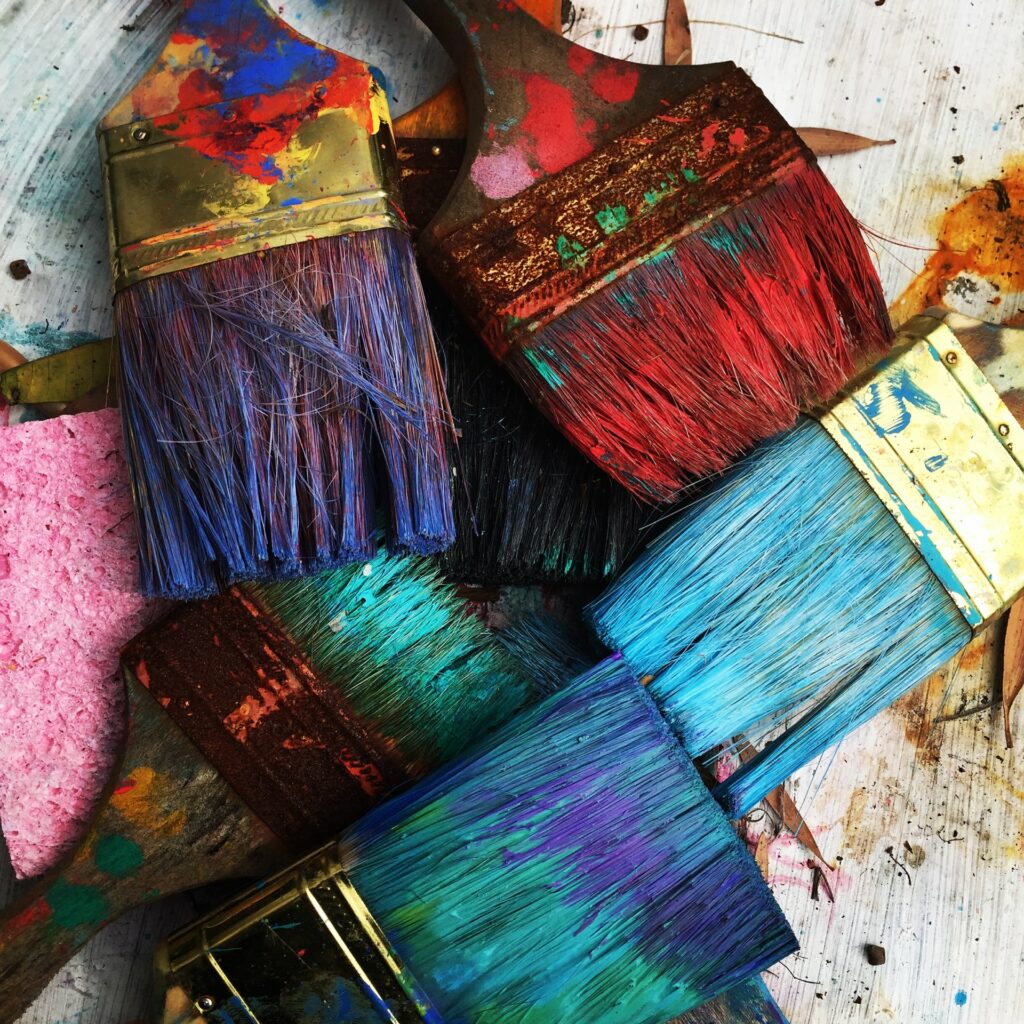
The next step is to thin a gallon of paint with half a glass of water and half a quarter of Floetrol paint agent in a bucket (available at paint dealers).
Note: As you apply the paint, the water and Floetrol helps to smooth it out and delay the drying process, which helps to remove brush and lap marks.
When spray painting your kitchen cabinets, the thinner paint also offers a more uniform coat. Use a brush and paint any visible spots on the cabinet’s sides. Eventually, when the paint dries, much of the light brush marks will vanish.
Step 7: Do A Practice Round
Spray paint on a piece of cardboard first with the nozzle 10 to 12 inches away from the surface is an excellent way to start. Do not use your wrist; move your whole arm back and forth over the door panel to get beautiful and even finish.
To get a vertical fan pattern, adjust the nozzle. Also, you can adjust the flow rate of the paint such that it reaches the entire surface without running.
Step 8: Rotate And Paint The Door Frames
Set a plank of wood or a piece of cardboard on the work surface to lift the doors once you’re ready to paint. You can also place a lazy Susan turntable on top of the box, then close the door.
To paint each side of the door, carefully, stand in one place and rotate it. Keep the nozzle 10 to 12 inches away from the door and spray at a steady angle for a smooth finish.
Step 9: Finish The Edges
Begin finishing the edges by painting the edge and doing the complex work. To paint the additional edges and details, rotate the door. Begin spraying before the door and continue past the edge. Don’t worry if you skip a spot. It’ll show up on the second coat.
Allow the paint to dry completely overnight. Apply a second coat of paint to the cabinet doors, sides, and trim the next day. Later, move over to the door fronts, and apply the first coat.
Step 10: Paint The Drawer
When the paint is still wet, use a paintbrush to patch paint drops. Pause until the next day if the paint isn’t dry or rugged, then sand out the inconsistency and refinish.
Step 11: Final Touches

Lastly, it’s time to reinstall the finished cabinet door. Screw the hinges to the cabinet frames after attaching them to the doors. Clean out any paint that has seeped through the hinge openings so that the hinges can fit comfortably.
By using these simple and practical steps on how to spray paint kitchen cabinets, you can now refinish your cabinets with your favorite kitchen cabinet trends.
